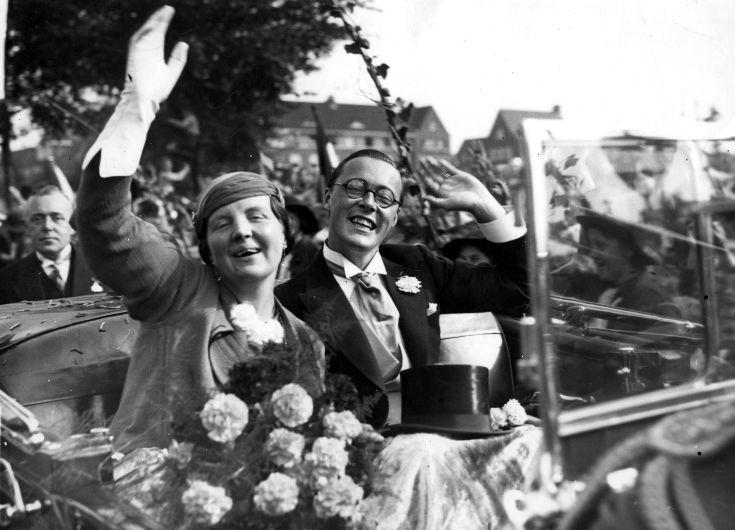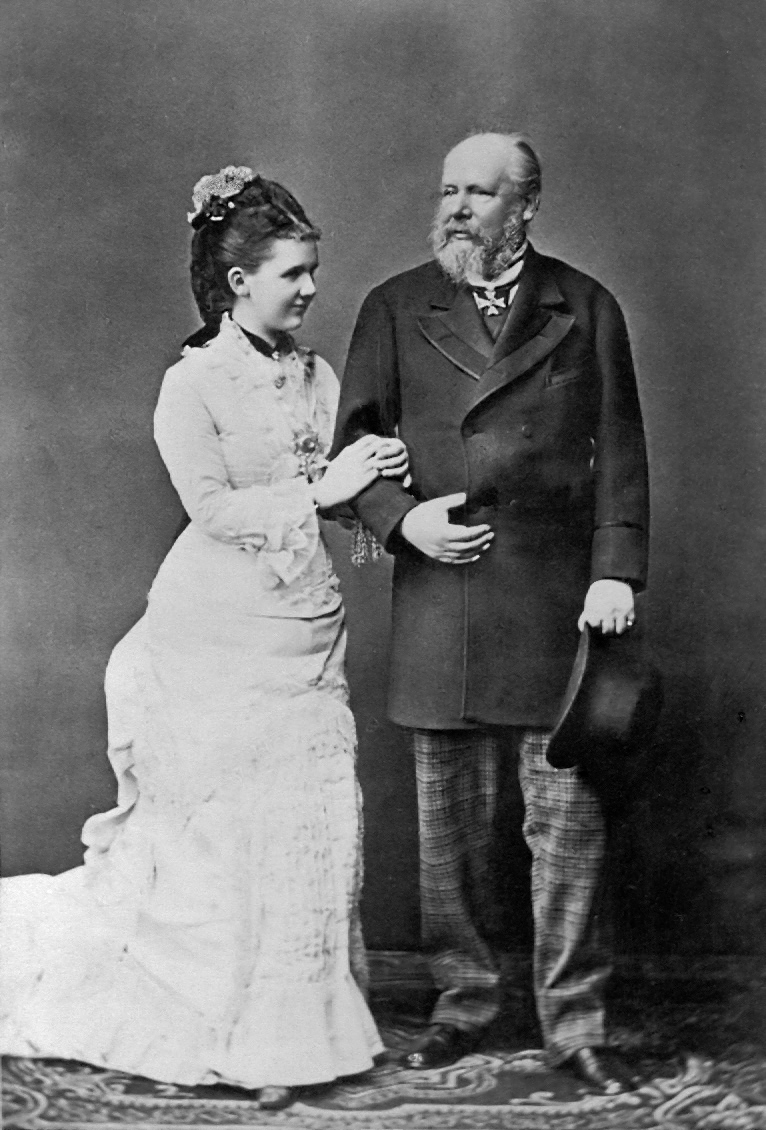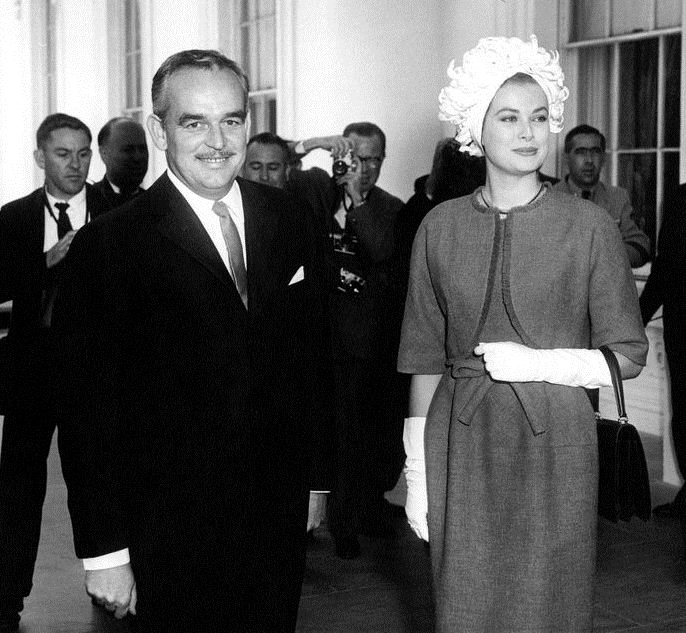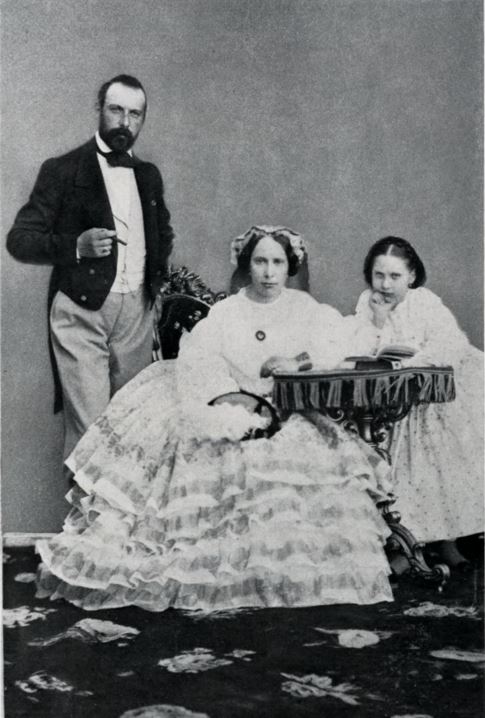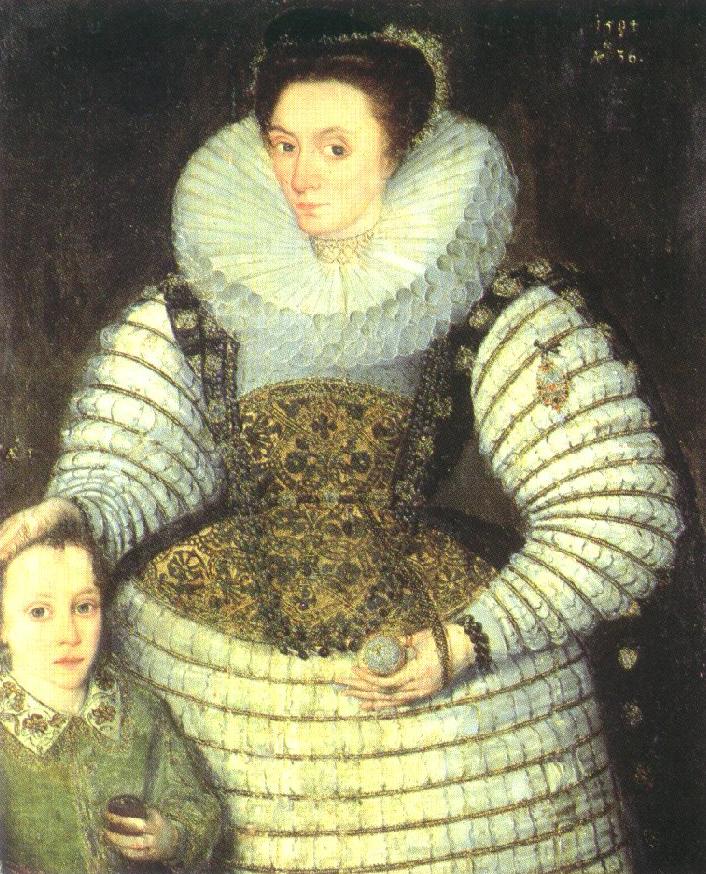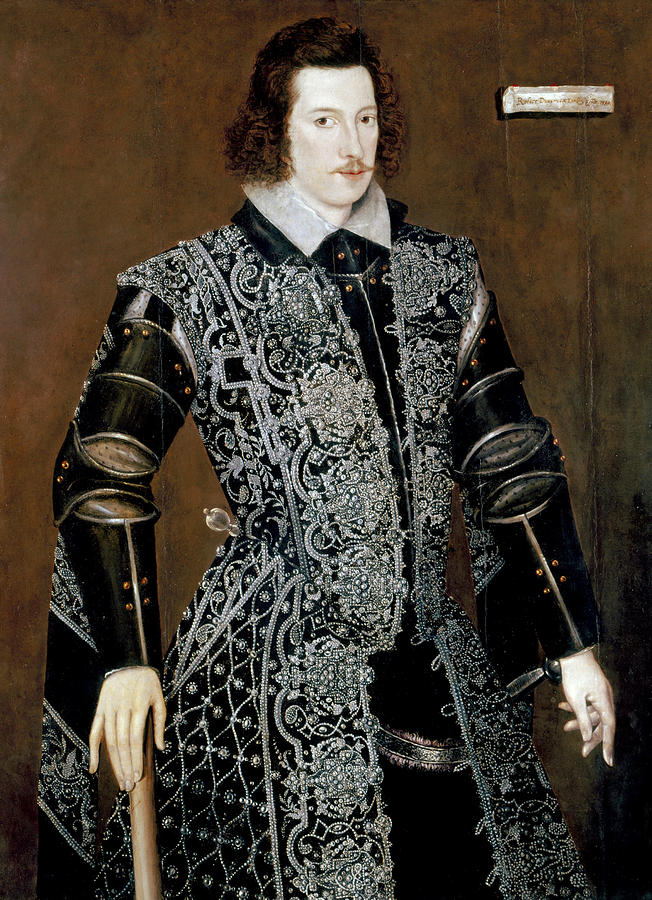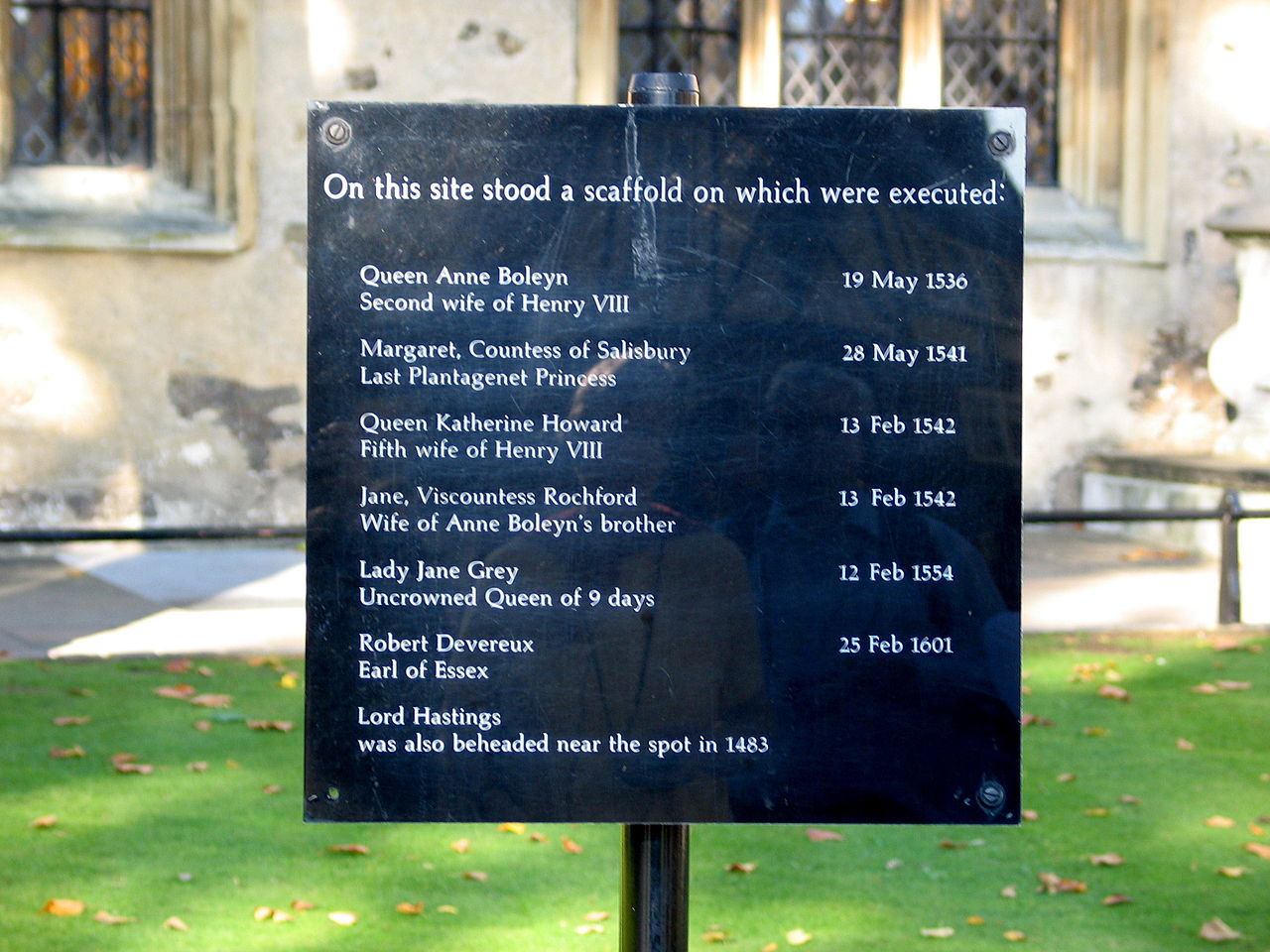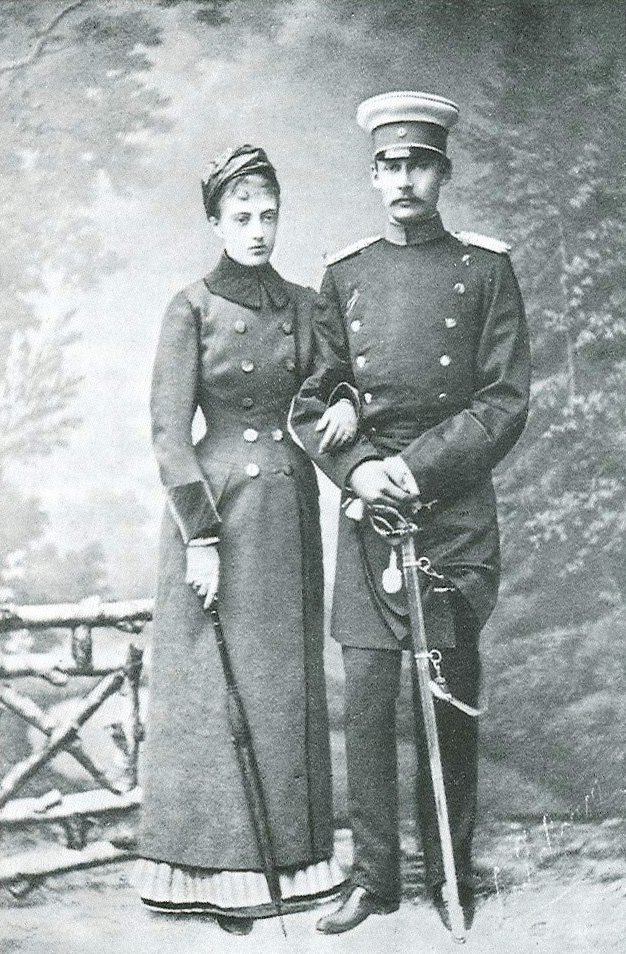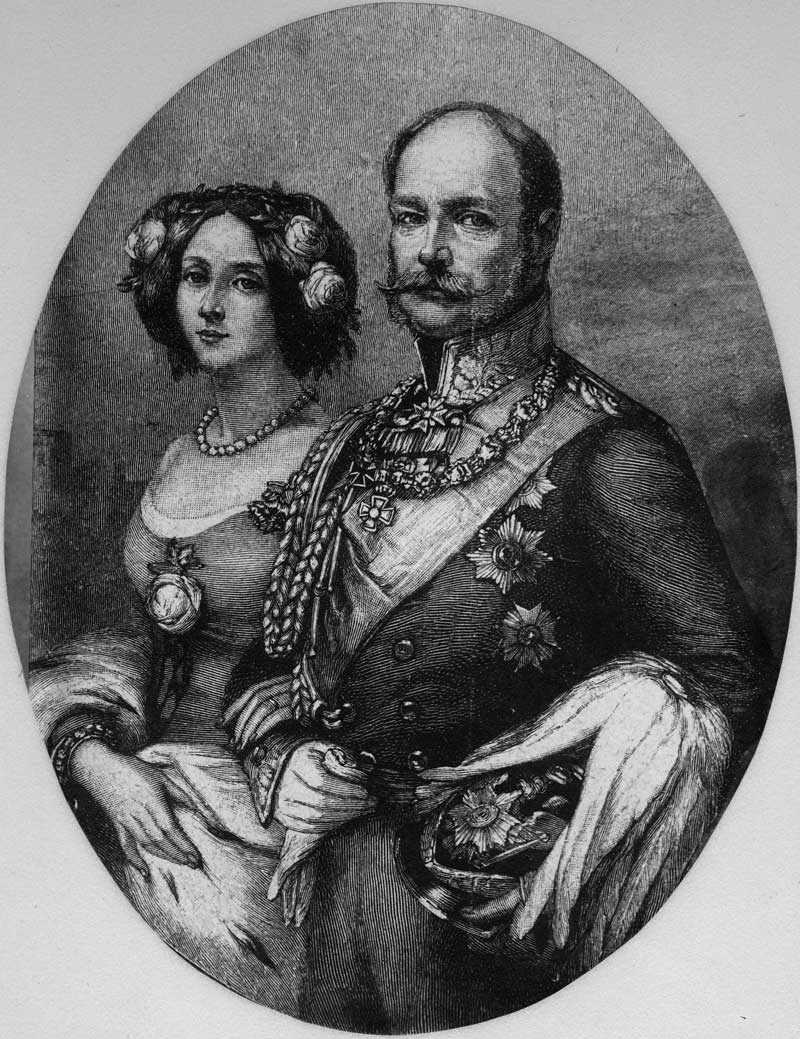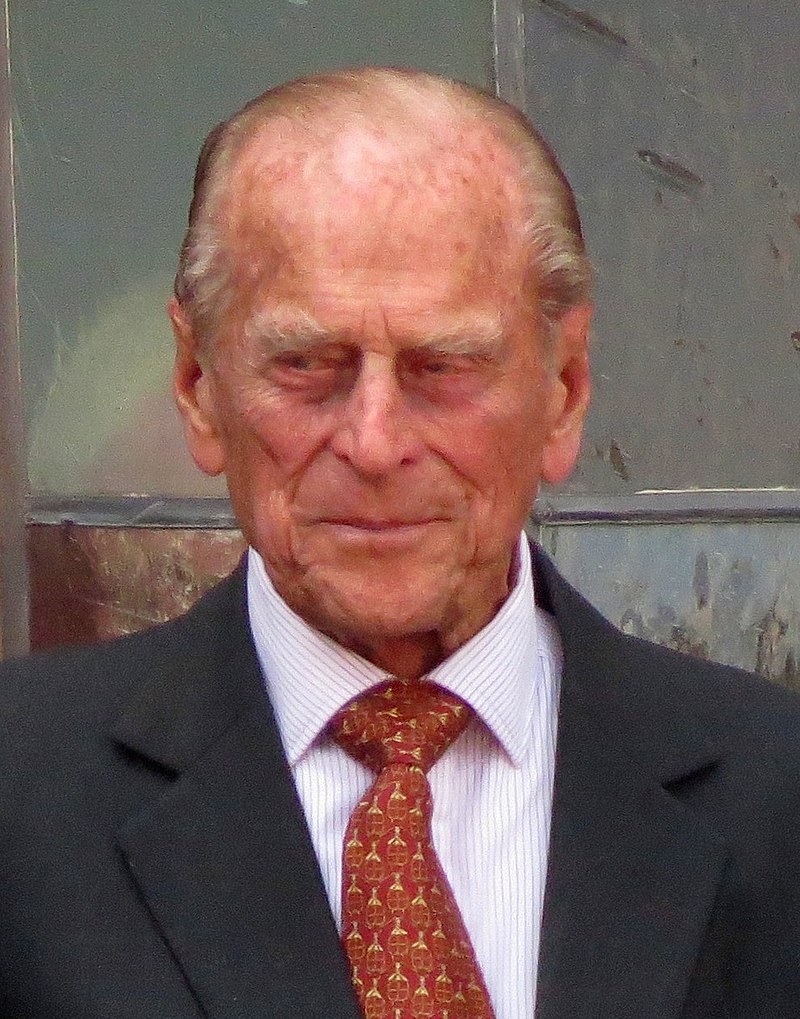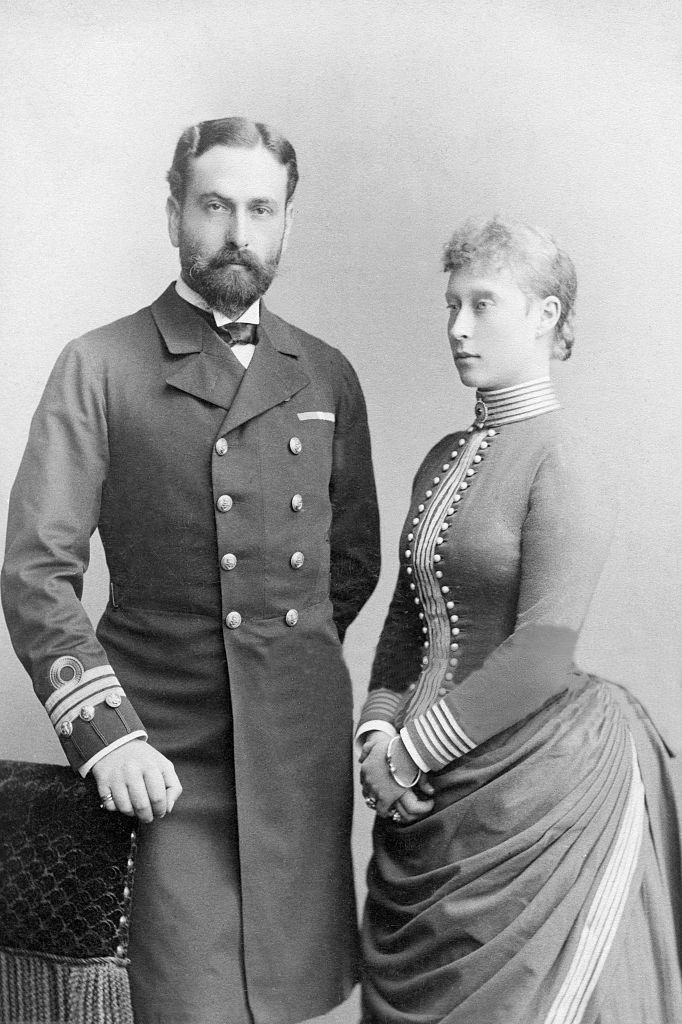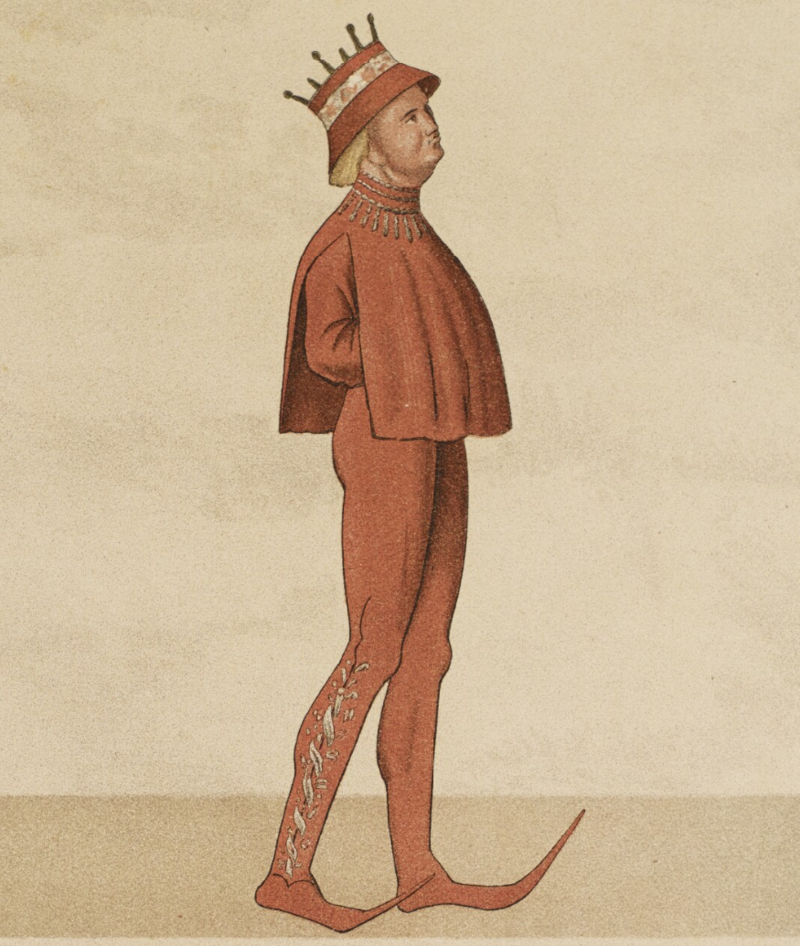by Susan Flantzer
© Unofficial Royalty 2021
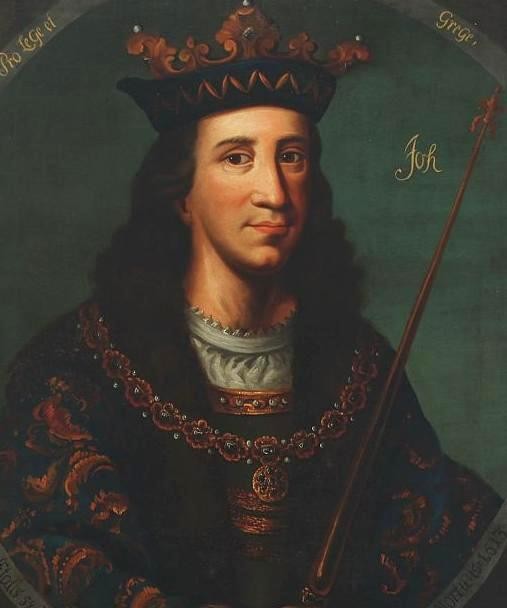
King Hans of Denmark, Norway, and Sweden; Credit – Wikipedia
King Hans held four royal titles: King of Denmark (1481 – 1513), King of Norway (1483 – 1513), King of Sweden (1497 – 1501), and Duke of Holstein and Schleswig (1482–1513 jointly with his younger brother, the future King Frederik I). Born February 2, 1455, at Aalborghus Castle (link in Danish) in Aalborg, Denmark, he was the third but the eldest surviving of the four sons and the third of the five children of Christian I, King of Denmark, Norway, and Sweden and Dorothea of Brandenburg.
Hans had four siblings:
- Oluf of Denmark (1450 – 1451), died in infancy
- Knud of Denmark (1451 – 1455), died in childhood
- Margaret of Denmark, Queen of Scots (1456 – 1486), married James III, King of Scots, had three children including James IV, King of Scots
- Frederik I, King of Denmark and Norway (1471 – 1533), married (1) Anna of Brandenburg, had two children including King Christian III (2) Sophie of Pomerania, had six children
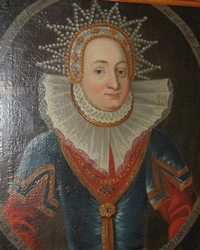
Christina of Saxony; Credit – Wikipedia
In 1477, Hans was betrothed to Christina of Saxony, daughter of Ernst, Elector of Saxony and Elisabeth of Bavaria. The couple was married on September 6, 1478, at Copenhagen Castle in Copenhagen, Denmark.
Hans and Christina had six children:
- Hans of Denmark (1479 – 1480), died in infancy
- Ernst of Denmark (1480 – 1500), unmarried
- Christian II, King of Denmark, Norway, and Sweden (1481 – 1559), married Isabella of Austria, had five children
- Jacob of Denmark (1484 – 1566), probably Jacob the Dacian, a Danish-born Franciscan monk who worked as a missionary with the Purépecha, an indigenous people in Mexico
- Elisabeth of Denmark, Electress of Brandenburg (1485 – 1555), married Joachim I Nestor, Elector of Brandenburg, had five children
- Frans of Denmark (1497 – 1511), died as a teenager from the plague

Wall sculpture at St. Canute’s Cathedral depicting King Hans, Queen Christina, and their son Prince Frans who died from the plague; Credit – Wikipedia
At this time, the monarchies of Denmark, Norway, and Sweden elected their kings. King Christian I, Hans’ father ensured that his son was appointed his successor in the three kingdoms. However, upon King Christian I’s death in 1481, only Hans’ succession to the Danish throne went smoothly. In Norway, after some negotiations, Hans was recognized as King of Norway in 1483. In Sweden, a power-play game with Hans lasted for six years. Eventually, Hans saw an opportunity to strike, and after his forces defeated Swedish forces in 1497, he was finally crowned King of Sweden. However, in 1501, an uprising in Sweden caused Hans to lose the Swedish crown.
Hans and Christina were visiting Sweden in 1501 before the uprising. During that visit, Hans began a long-term affair with Edel Jernskjæg, one of Christina’s ladies-in-waiting. The affair caused a scandal and a de facto termination of their marriage. From that time on, the marriage of Hans and Christina was one in name only.
During the Swedish uprising, Hans fled Stockholm and left Christina at Stockholm Palace. She bravely defended the palace for eight months but was forced to surrender in May 1502 after her 1,000-man army defending the palace was reduced by deaths to only 70. Christina spent a year as a prisoner in the Vadstena Monastery, finally being released in 1503. After returning to Denmark, Christina lived with her youngest son Frans, separately from King Hans, on her dower lands at Næsbyhoved Castle and in Odense.
Hans tried to enter into negotiations with Sweden but was unsuccessful and so in 1507, he started a war once again, devastating the Swedish coast. Despite this, Hans did not succeed in regaining control of Sweden for the rest of his reign. In 1508, a rebellion in Norway was crushed by Hans’ son, the future King Christian II, who ruled Norway as viceroy. The Hanseatic League, a commercial and defensive confederation of merchant guilds and market towns in northwestern and central Europe, saw their trade with Sweden severely affected by Denmark’s war and went to war against Denmark in 1510. The Hanseatic League army initially took a heavy toll on Denmark but later Hans won victories resulting in a peace treaty in April 1512.
In January 1513, while traveling to Aalborghus Castle, King Hans was thrown by his horse. He became increasingly weaker and on February 20, 1513, at his birthplace Aalborghus Castle, King Hans died from his injuries at the age of 58. He was buried in the Gråbrødre Church of the Franciscan monastery in Odense, Denmark which Queen Christina had chosen as the burial site for her husband and herself. Queen Christina commissioned the famous German sculptor Claus Berg to create a burial chapel in the Franciscan monastery’s church. Berg’s intricately carved and gilded altarpiece is a Danish national treasure. The altarpiece depicts the passion and the crucifixion of Jesus, and the crowning of the Virgin Mary. The base shows members of the royal family including King Hans, Queen Christina, and their son King Christian II.

Claus Berg’s altarpiece; Credit – Wikipedia
Queen Christina survived her husband by eight years, dying on December 8, 1521, aged 59, and was buried with her husband. Their son King Christian II was also interred in the burial chapel in the church of the Franciscan monastery. In 1807, the former Franciscan church was demolished. Berg’s magnificent altarpiece and the remains of King Hans, his wife Christina, and their son King Christian II were transferred to St. Canute’s Cathedral, also in Odense, Denmark. Christian’s wife Isabella was originally buried in St. Peter’s Abbey in Ghent, Spanish Netherlands, now in Belgium. In 1883, thanks to the efforts of the Danish government, Isabella’s remains and those of her son Hans were transferred to St. Canute’s Cathedral.
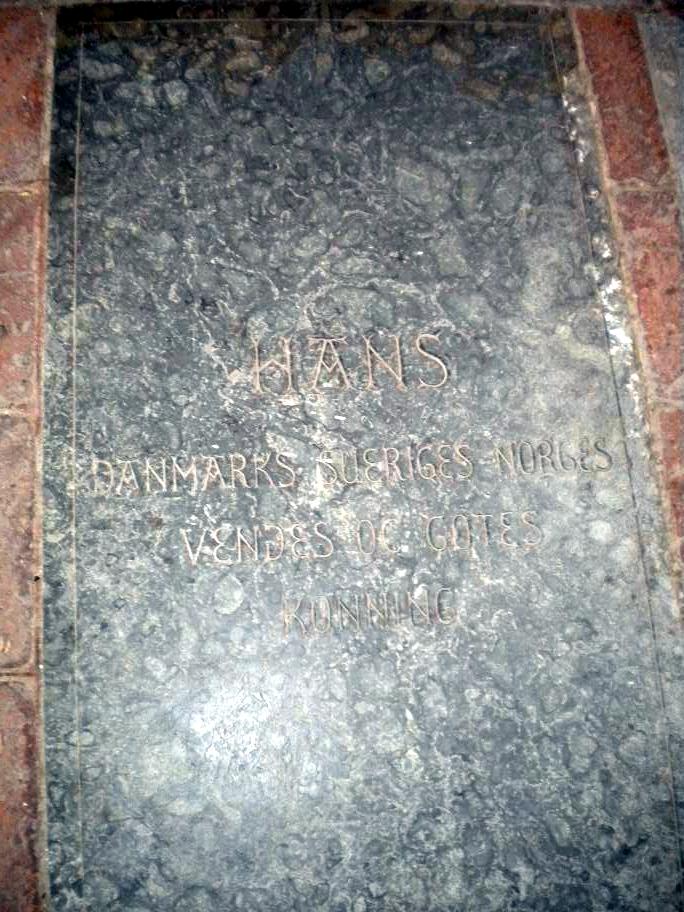
Grave of King Hans at St. Canute’s Cathedral; Credit – Wikipedia
This article is the intellectual property of Unofficial Royalty and is NOT TO BE COPIED, EDITED, OR POSTED IN ANY FORM ON ANOTHER WEBSITE under any circumstances. It is permissible to use a link that directs to Unofficial Royalty.
Kingdom of Denmark Resources at Unofficial Royalty
- Kingdom of Denmark Index
- Danish Orders and Honours
- Danish Royal Burial Sites: House of Oldenburg, 1448 – 1863
- Danish Royal Burial Sites: House of Schleswig-Holstein-Sonderburg-Glücksburg, 1863 – present
- Danish Royal Christenings
- Danish Royal Dates
- Danish Royal Residences
- Danish Royal Weddings
- Line of Succession to the Danish Throne
- Profiles of the Danish Royal Family
Works Cited
- Da.wikipedia.org. 2020. Hans Af Danmark. [online] Available at: <https://da.wikipedia.org/wiki/Hans_af_Danmark> [Accessed 20 December 2020].
- En.wikipedia.org. 2020. Claus Berg. [online] Available at: <https://en.wikipedia.org/wiki/Claus_Berg> [Accessed 20 December 2020].
- En.wikipedia.org. 2020. John, King Of Denmark. [online] Available at: <https://en.wikipedia.org/wiki/John,_King_of_Denmark> [Accessed 20 December 2020].
- De.wikipedia.org. 2020. Johann I. (Dänemark, Norwegen Und Schweden). [online] Available at: <https://de.wikipedia.org/wiki/Johann_I._(D%C3%A4nemark,_Norwegen_und_Schweden)> [Accessed 20 December 2020].


